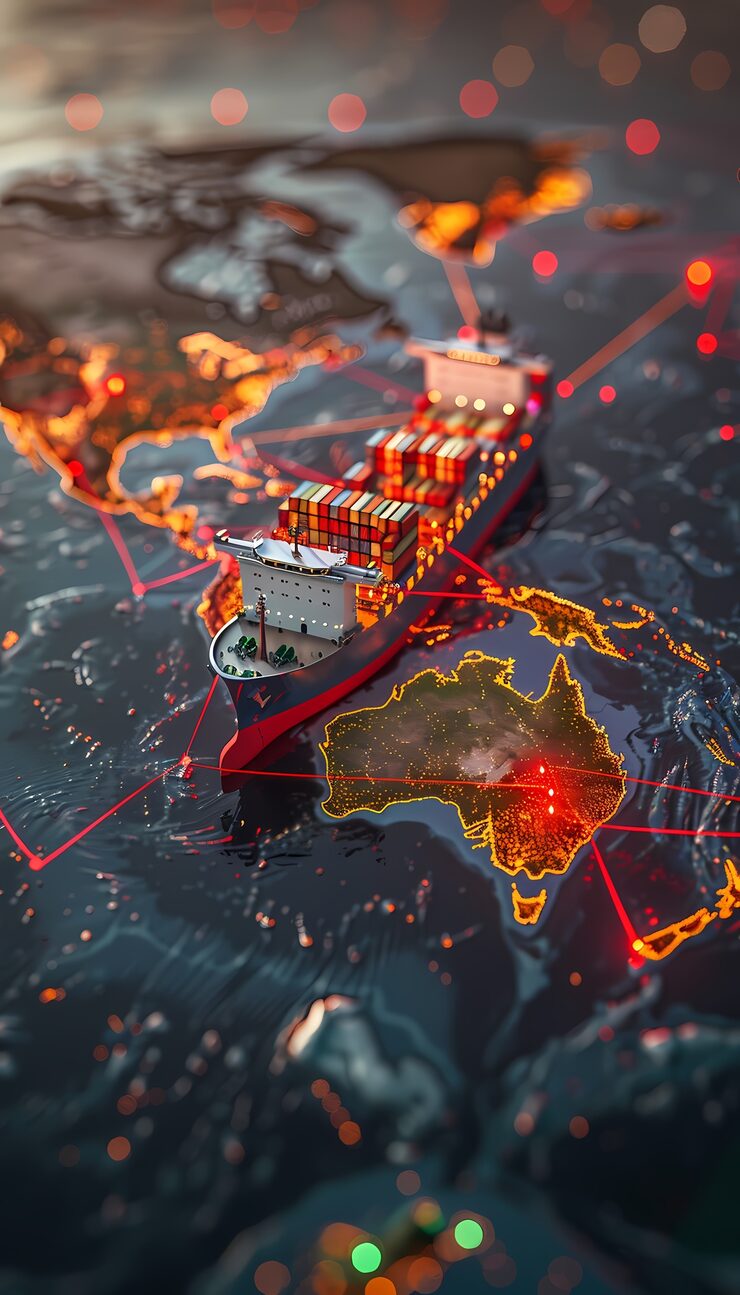
Alright, let’s just say it—China tariffs aren’t exactly the sexiest dinner conversation, but man, they’ve shaken up the world stage like few other economic moves. You’ve got politicians treating them like chess pieces, companies sweating bullets over supply chains, and regular folks like us wondering why our phones or sneakers suddenly cost more. It’s a mess, honestly. Let’s break it down like real people.
Tariffs: What’s the Point, Anyway?
Tariffs are, yeah, basically taxes slapped on stuff crossing borders. When people talk about “China tariffs,” they usually mean two things: either China’s taxing imports from the world, or other countries (mostly the U.S., let’s be real) are taxing things made in China. The idea? Protect local businesses, push people to buy homegrown, and try to even out trade imbalances. The catch? It’s not all sunshine and rainbows—prices go up, trade fights happen, and you, me, and your grandma end up paying more for, like, literally everything.
Why Did This All Blow Up?
Remember 2018? Besides all the memes and viral dance challenges, there was the big U.S.-China trade war. The U.S. slapped tariffs on a mountain of Chinese goods, accusing China of playing dirty—stealing ideas, ignoring patents, and selling way more to the U.S. than they were buying. China wasn’t exactly amused and hit back with their own tariffs on stuff like soybeans and cars. Suddenly, farmers and factory workers are caught in the middle of a political staring contest.
How Did It Mess With the World?
Not to sound dramatic, but the ripple effects were massive. Here’s what went down:
- Prices? Yeah, They Went Up
No surprise here. Tariffs make imports pricier, so stores just pass those costs on. Americans paid more for gadgets, jeans, that air fryer you bought and used once—pretty much anything with a “Made in China” sticker.
- Supply Chains Got Weird
Companies started freaking out. China used to be the go-to for making stuff, but tariffs made that less chill. Suddenly, everyone’s looking at Vietnam, India, even Mexico, just to dodge the extra fees. Logistics managers definitely earned their coffee.
- Farmers Took the Hit
When China slapped tariffs on U.S. crops, farmers got slammed. All those soybeans? Piling up in silos instead of shipping overseas. Let’s just say, not a great time to be growing corn in Iowa.
- The World Slowed Down
It wasn’t just the U.S. and China duking it out. Everyone else felt the heat too. Uncertainty meant less trade, slower shipping, and some industries (cough, retail, cough) scrambling to keep up.

Who Won? Who Lost?
Okay, not everyone got burned. Some folks actually benefited.
Winners: U.S. factories making stuff locally suddenly looked a lot more appealing. And countries not named China? They saw new business as companies jumped ship.
Losers: Retailers, importers, and—surprise!—us. Higher prices, fewer choices. Not exactly a win.
Are We Still Doing This?
Fast-forward to 2025, and yeah, most of those tariffs are still hanging around like a bad habit. The U.S. and China have tweaked some stuff, but the big changes everyone hoped for? Still waiting. So, businesses are playing it safe—watching the news, hedging bets, and trying not to get blindsided.
What’s Next? Honestly, Who Knows
It’s a toss-up. Maybe the tariffs stick around as bargaining chips, maybe they slowly fade as cooler heads prevail. Experts can’t agree, and politicians love to use tariffs as leverage. Companies? They’re all about spreading out risk—building new factories closer to home, keeping an eye on every trade rumor, and praying things don’t get messier.
Bottom Line
China tariffs aren’t just about taxes—they’re about power, politics, and who gets to call the shots in the global economy. Sure, they’ve made life tougher for a lot of folks, but they’ve also forced everyone to get creative. If you care about your wallet (and honestly, who doesn’t?), it pays to keep tabs on what happens next. Because whether you’re a CEO or just trying to buy a new laptop, this stuff hits home.


